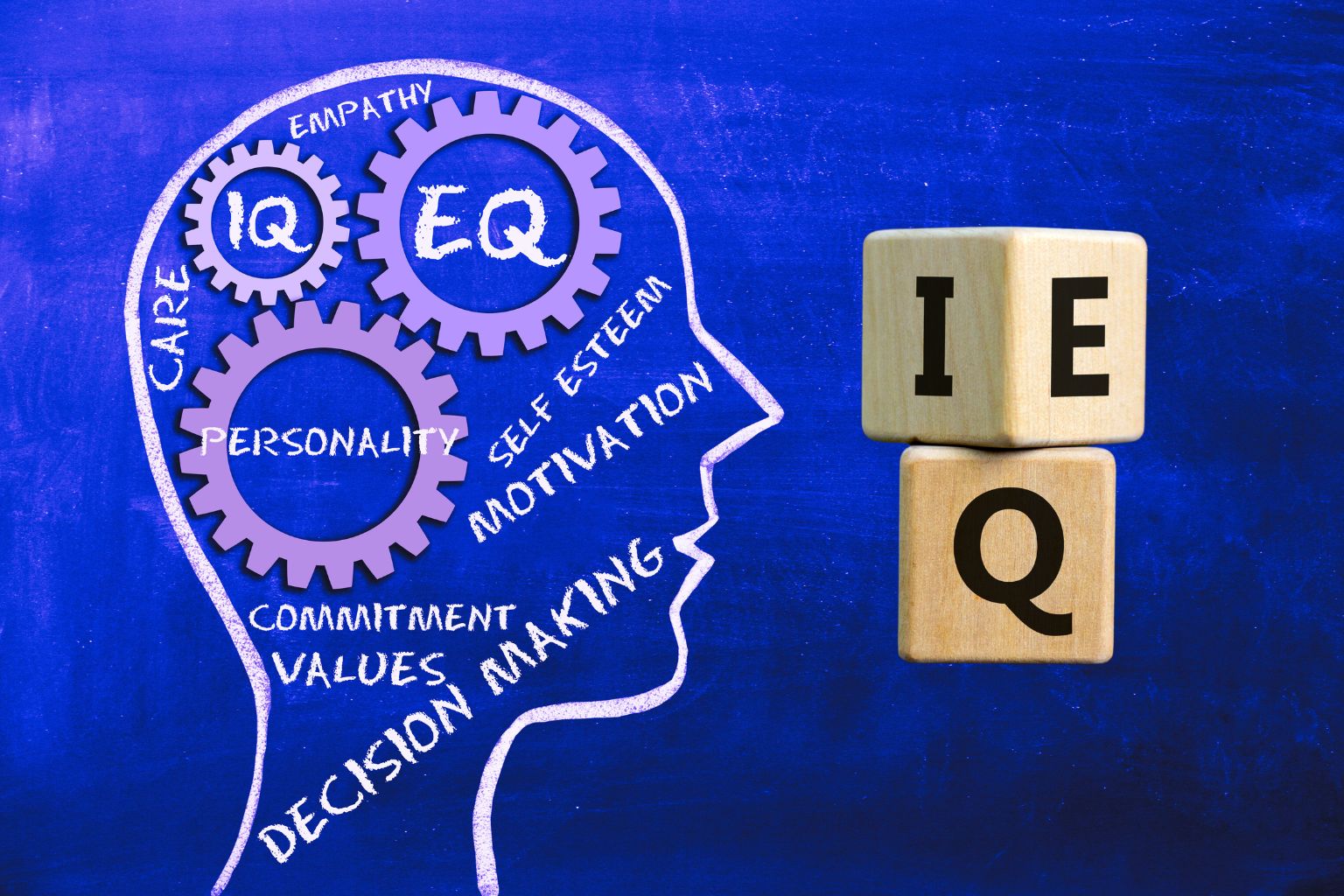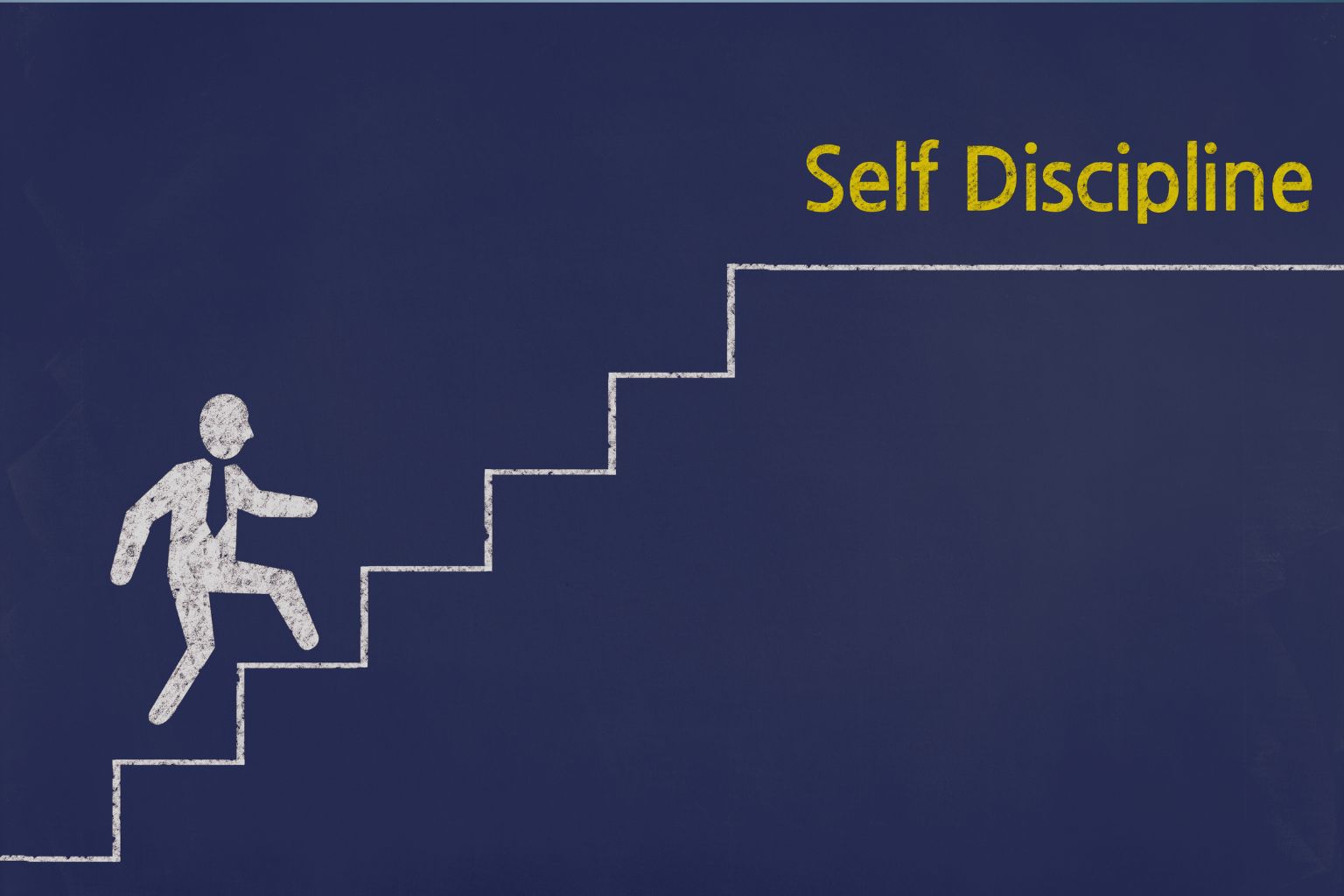The Moment That Changed Everything
Your alarm is screaming at you to get up for that workout you swore you’d do. But your bed feels like a warm hug, and your motivation? It’s nowhere to be found. This was me two years ago—stuck in a cycle of starting fitness plans, only to abandon them weeks later. I’d promise myself I’d stick to fitness goals, but life—work, stress, Netflix—always seemed to win.
Then came the moment that flipped the switch: I saw a photo of myself at a family gathering, barely recognizing the person staring back. That sting of disappointment lit a fire in me. I wasn’t just chasing a better body; I was craving the confidence and energy to live life fully.
That’s when I learned the secret to lasting results: mental discipline for success. This blog post is your roadmap to stick to your fitness plan, see real results, and feel unstoppable along the way.
Why Sticking to Fitness Goals Feels So Hard
Starting a fitness plan is exciting. You’re pumped, buying new sneakers, and imagining your dream body. But a few weeks in, the grind sets in, and sticking to fitness goals feels like climbing a mountain in flip-flops. Why? Because your brain is wired to seek comfort and instant gratification. It’s not your fault—it’s biology.
But here’s the good news: you can rewire your mind for success with the right strategies.
The Science of Resistance
Your brain’s prefrontal cortex (decision-making) battles your amygdala (comfort-seeking) every time you choose between a workout and the couch. To stick to fitness goals, you need to strengthen your mental discipline for success by making decisions easier. How? By reducing friction and creating automatic habits.
Actionable Insight: Start small. Commit to just 10 minutes of movement daily—whether it’s a walk, yoga, or jumping jacks. Small wins stack up, tricking your brain into craving more. Research shows that habits formed through small, consistent actions are 80% more likely to stick.
Building a Fitness Plan You’ll Actually Stick To
A plan isn’t just a workout schedule; it’s a blueprint for success. To stick to fitness goals, your plan needs to be realistic, enjoyable, and aligned with your life. Here’s how to craft one that works.
Step 1: Set Clear, Emotional Goals
Vague goals like “get fit” won’t cut it. Dig deeper. Why do you want this? Maybe it’s to chase your kids without gasping for air or to feel confident at your high school reunion. Emotional goals fuel mental discipline for success.
Actionable Insight: Write down your “why” and read it daily. For example, “I want to stick to fitness goals to feel strong enough to hike with my partner.” Keep it visible—on your phone lock screen or fridge.
Mini-Story: Jake, a 35-year-old accountant, wanted to stick to fitness goals to keep up with his energetic son. He taped a photo of them playing soccer to his gym bag. Every time he felt like quitting, that photo pulled him back. Six months later, he ran a 5K with his son cheering him on.
Step 2: Design a Flexible Routine
Life is messy. A rigid plan sets you up for failure. Instead, create a flexible framework. Plan three workouts a week but have backup options—like a 20-minute YouTube workout for busy days.
Actionable Insight: Use the “3-2-1 Rule”: Aim for 3 workouts, allow 2 if life gets crazy, but never dip below 1. This keeps you consistent without guilt.
Step 3: Make It Fun
If you hate running, don’t force it. Find movement you love—dance, boxing, swimming. Enjoyment is the glue that helps you stick to fitness goals.
Real-Life Example: Lisa, a 42-year-old teacher, despised the gym but loved Zumba. She joined a local class and made friends, turning workouts into social events. A year later, she’d lost 20 pounds and gained a community.
Mastering Mental Discipline for Success in Fitness
Mental discipline isn’t about willpower; it’s about systems and mindset. To stick to fitness goals, you need to outsmart your brain’s excuses and build a foundation of unbreakable habits.
The Power of Habit Stacking
Link your workout to an existing habit. For example, do squats while your coffee brews. This piggybacks new habits onto old ones, making them easier to stick to.
Actionable Insight: Pick a trigger (e.g., brushing your teeth) and pair it with a micro-workout (e.g., 10 push-ups). Over time, your brain associates the two, and it feels automatic.
Mini-Story: Tom, a software engineer, struggled to stick to fitness goals until he started doing planks during his morning scroll on X. Now, he’s up to 3-minute planks and feels energized all day.
Overcoming the “I Don’t Feel Like It” Trap
Motivation is fleeting. Mental discipline for success means acting even when you don’t feel like it. The trick? Lower the bar on tough days.
Actionable Insight: Use the “Just Show Up” rule. On low-energy days, commit to putting on workout clothes and doing 5 minutes. Most times, you’ll keep going. Studies show starting is the hardest part—momentum takes over.
Tracking Progress Without Obsession
Tracking keeps you accountable but can backfire if you’re too rigid. Focus on non-scale victories like energy levels or how your clothes fit.
Actionable Insight: Use a daily tracker sheet (like the one in our Mental Discipline for Success System Kit) to log workouts, mood, and wins. Celebrate consistency, not perfection.
How to Stick to Fitness Goals When Life Gets Crazy
Life loves to throw curveballs—work deadlines, sick kids, or unexpected travel. Sticking to fitness goals during chaos requires adaptability and a bulletproof mindset.
Plan for Obstacles
Anticipate disruptions and have a Plan B. Traveling? Pack resistance bands. Busy week? Schedule 15-minute HIIT sessions.
Actionable Insight: Create an “If-Then” plan. Example: “If I can’t hit the gym, then I’ll do a bodyweight workout at home.” This preps your brain to pivot.
Real-Life Example: Emma, a nurse, used to skip workouts during night shifts. She started keeping a jump rope in her car for 10-minute breaks. That small tweak helped her stick to fitness goals and lose 15 pounds in a year.
Reframe Setbacks as Growth
Missed a workout? Don’t spiral. Treat setbacks as data. What derailed you? How can you adjust? This mindset builds resilience.
Actionable Insight: After a slip-up, write down one lesson learned and one action to take. Example: “Lesson: I skipped because I was tired. Action: Schedule workouts earlier.”
Surround Yourself with Success
You’re the average of the five people you spend the most time with. To stick to fitness goals, connect with people who inspire and challenge you.
Find Your Tribe
Join a fitness class, online community, or accountability group. Shared goals create oxytocin, the bonding hormone, making you more likely to stick with it.
Actionable Insight: Connect with one person weekly—maybe a workout buddy or a mentor. Our “Learn from Pros” CTA helps you tap into successful mindsets to accelerate your progress.
Mini-Story: Mike, a 50-year-old retiree, joined a local running club to stick to fitness goals. The group’s encouragement kept him going, and he completed his first half-marathon at 51.
Your Journey Starts Now
Sticking to your fitness plan isn’t about perfection—it’s about progress, resilience, and mental discipline for success. Every small step you take builds momentum, rewiring your brain and body for lasting results. You’re not just chasing a number on the scale; you’re building a life of confidence, energy, and joy. So, lace up your sneakers, commit to your “why,” and take action today. Your future self is cheering you on.
Transform Your Life Train your subconscious to align with your goals, build confidence, and take action regardless of your mood.
Stay Laser Focused: Learn to take daily action and dedicate 30 minutes to your goals to stay on track to achieve them.
Learn from Pros: Connect with successful people every week and gain insights to accelerate success.
Start Your Journey Now! Ready to Achieve Your Success? Get the Mental Discipline for Success System Kit and start transforming your life today!
Your Questions About Sticking to Fitness Goals Answered
Motivation fades, so rely on habits and systems instead. Use habit stacking, track small wins, and tie your goals to an emotional “why” to keep going.
Start with 10-minute workouts and use the “3-2-1 Rule” to stay flexible. Even one short session a week keeps you on track to stick to fitness goals.
Mental discipline creates automatic habits, helps you act despite low motivation, and builds resilience to overcome setbacks, ensuring you stick to fitness goals.
Absolutely! Bodyweight workouts, walking, or online classes are effective and affordable. Find movement you enjoy to make sticking to fitness goals easier.
Reframe setbacks as learning opportunities. Identify the trigger, adjust your plan, and recommit with a small action, like a 5-minute workout.

















Share it!